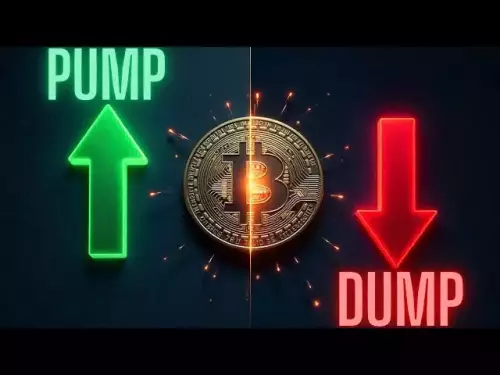-
 bitcoin
bitcoin $110415.485139 USD
-1.74% -
 ethereum
ethereum $3914.309383 USD
-1.58% -
 tether
tether $1.000075 USD
0.00% -
 bnb
bnb $1116.910315 USD
1.41% -
 xrp
xrp $2.562069 USD
-1.96% -
 solana
solana $193.888910 USD
-0.02% -
 usd-coin
usd-coin $0.999800 USD
-0.01% -
 dogecoin
dogecoin $0.192383 USD
-0.47% -
 tron
tron $0.296815 USD
0.66% -
 cardano
cardano $0.641286 USD
-0.18% -
 hyperliquid
hyperliquid $47.495653 USD
-0.35% -
 chainlink
chainlink $18.106533 USD
1.42% -
 bitcoin-cash
bitcoin-cash $561.296588 USD
0.00% -
 stellar
stellar $0.316591 USD
-0.21% -
 ethena-usde
ethena-usde $0.999227 USD
-0.01%
BitMart contract calculation formula
BitMart leverages a precise formula to calculate its contract prices, considering elements like index price, funding rate, insurance fund, mark price, and premium/discount, ensuring transparent and reliable contract valuations.
Nov 24, 2024 at 09:13 am
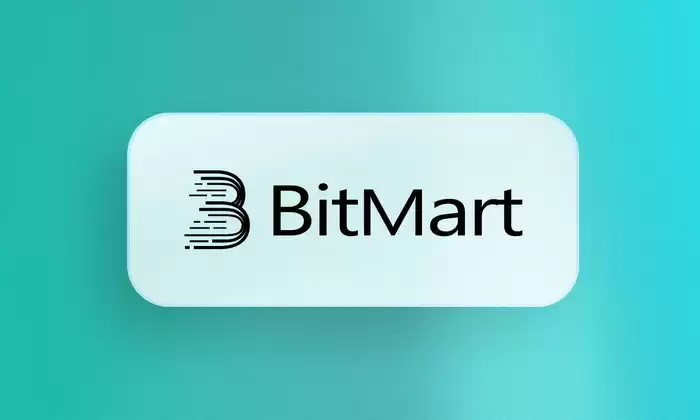
BitMart Contract Calculation Formula: A Comprehensive Guide
BitMart, a leading cryptocurrency exchange, offers a robust platform for users to trade various digital assets, including perpetual contracts. These contracts are financial instruments that allow traders to speculate on the future price of an underlying asset, such as Bitcoin or Ethereum. To ensure transparent and accurate calculations of contract prices, BitMart employs a specific formula that helps determine the value of these contracts. This article will delve into the details of the BitMart contract calculation formula, providing a comprehensive understanding of its components and methodologies.
Understanding the BitMart Contract Calculation Formula
The BitMart contract calculation formula consists of several key elements that play a crucial role in determining the contract price. These elements include:
- Index Price: This is the reference price used to determine the current value of the underlying asset. BitMart derives the index price from a combination of reputable sources, such as leading exchanges and liquidity providers.
- Funding Rate: The funding rate is a periodic payment made between contract holders, either positive or negative, designed to keep the contract price aligned with the index price.
- Insurance Fund: The insurance fund is a buffer that protects against extreme price fluctuations and potential losses for contract holders. It is funded by a portion of the trading fees generated on the platform.
- Mark Price: The mark price is a dynamic value that represents the fair value of the contract, taking into account the current market conditions and the funding rate.
- Premium/Discount: The premium or discount is the difference between the contract price and the index price. It reflects the market sentiment towards the underlying asset, indicating whether it is overvalued or undervalued.
Step-by-Step Calculation Process
The BitMart contract calculation formula involves a series of steps to determine the contract price:
- Obtain the Index Price: BitMart sources the index price from multiple reputable sources to ensure accuracy and reliability. The exchange gathers data from leading exchanges, liquidity providers, and other market participants.
- Calculate the Funding Rate: The funding rate is determined based on the difference between the contract price and the index price. When the contract price is higher than the index price, the funding rate is positive, and contract holders pay a fee to those holding the opposite position. Conversely, when the contract price is lower than the index price, the funding rate is negative, and contract holders receive a payment.
- Adjust for the Insurance Fund: The insurance fund acts as a buffer to protect against extreme price fluctuations. A portion of the trading fees is allocated to the insurance fund, providing a layer of security for contract holders.
- Determine the Mark Price: The mark price is calculated using a weighted average of the previous funding rates and the index price. It represents the fair value of the contract, taking into account the current market conditions and the funding rate.
- Calculate the Premium/Discount: The premium or discount is the difference between the contract price and the index price. A positive premium indicates that the contract price is higher than the index price, while a negative discount indicates that the contract price is lower.
- Update the Contract Price: The contract price is continuously updated based on the changes in the index price, funding rate, and premium/discount. The exchange uses these values to adjust the contract price in real-time, ensuring that it accurately reflects the market conditions.
Disclaimer:info@kdj.com
The information provided is not trading advice. kdj.com does not assume any responsibility for any investments made based on the information provided in this article. Cryptocurrencies are highly volatile and it is highly recommended that you invest with caution after thorough research!
If you believe that the content used on this website infringes your copyright, please contact us immediately (info@kdj.com) and we will delete it promptly.
- Essex Post Office, 5p Coins, and King Charles: A Royal Mint Revelation!
- 2025-10-23 10:30:16
- Waymo's Newark Airport AV Tests: Alphabet's AI Gamble Pays Off?
- 2025-10-23 10:30:16
- King Charles 5p Coins: A Royal Flush in Your Pocket?
- 2025-10-23 10:35:18
- Solana, Crypto Advisory, and Forward Industries: A New York Minute on the Future of Finance
- 2025-10-23 08:51:22
- MAGACOIN: Ethereum Whales Dive into the Hottest Presale of 2025
- 2025-10-23 08:51:22
- Kadena's End of the Road? KDA Token Plummets Amid Project Abandonment
- 2025-10-23 08:55:34
Related knowledge
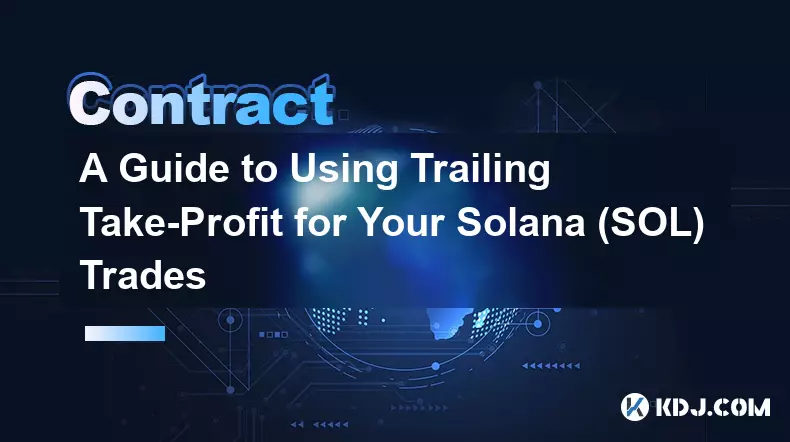
A Guide to Using Trailing Take-Profit for Your Solana (SOL) Trades
Oct 30,2025 at 01:00am
Understanding Trailing Take-Profit in Solana Trading1. Trailing take-profit is a dynamic order type that adjusts with the market price, allowing trade...
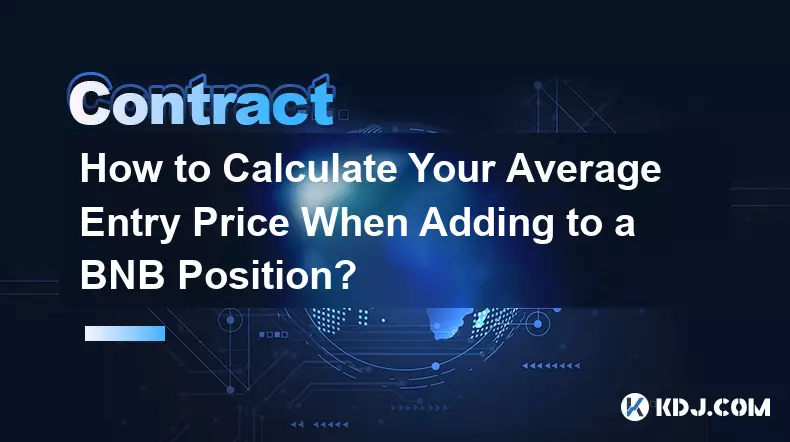
How to Calculate Your Average Entry Price When Adding to a BNB Position?
Oct 28,2025 at 12:24am
Understanding the Concept of Average Entry Price1. The average entry price is a crucial metric for traders who accumulate positions in assets like BNB...
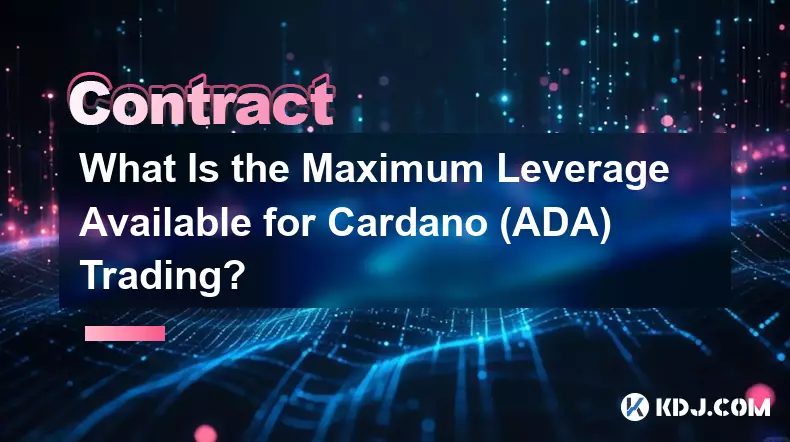
What Is the Maximum Leverage Available for Cardano (ADA) Trading?
Oct 26,2025 at 12:18pm
Understanding Leverage in Cardano (ADA) Trading1. Leverage allows traders to control a larger position using a smaller amount of capital. In the conte...

A Guide to Using Moving Averages for Trading XRP Futures.
Oct 30,2025 at 05:54pm
Understanding Moving Averages in XRP Futures Trading1. Moving averages are among the most widely used technical indicators in cryptocurrency futures t...
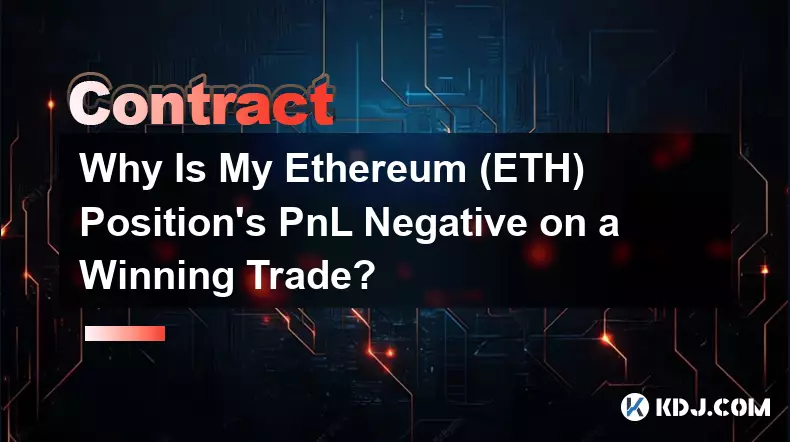
Why Is My Ethereum (ETH) Position's PnL Negative on a Winning Trade?
Oct 30,2025 at 11:54am
Understanding Market Volatility in the Crypto Space1. Cryptocurrency markets are known for their rapid price swings, driven by factors such as investo...

How to Long Bitcoin (BTC) with Leverage: A Step-by-Step Example
Oct 30,2025 at 12:36pm
Understanding Leveraged Long Positions in Bitcoin1. A leveraged long position allows traders to amplify their exposure to Bitcoin’s price movements wi...

A Guide to Using Trailing Take-Profit for Your Solana (SOL) Trades
Oct 30,2025 at 01:00am
Understanding Trailing Take-Profit in Solana Trading1. Trailing take-profit is a dynamic order type that adjusts with the market price, allowing trade...

How to Calculate Your Average Entry Price When Adding to a BNB Position?
Oct 28,2025 at 12:24am
Understanding the Concept of Average Entry Price1. The average entry price is a crucial metric for traders who accumulate positions in assets like BNB...

What Is the Maximum Leverage Available for Cardano (ADA) Trading?
Oct 26,2025 at 12:18pm
Understanding Leverage in Cardano (ADA) Trading1. Leverage allows traders to control a larger position using a smaller amount of capital. In the conte...

A Guide to Using Moving Averages for Trading XRP Futures.
Oct 30,2025 at 05:54pm
Understanding Moving Averages in XRP Futures Trading1. Moving averages are among the most widely used technical indicators in cryptocurrency futures t...

Why Is My Ethereum (ETH) Position's PnL Negative on a Winning Trade?
Oct 30,2025 at 11:54am
Understanding Market Volatility in the Crypto Space1. Cryptocurrency markets are known for their rapid price swings, driven by factors such as investo...

How to Long Bitcoin (BTC) with Leverage: A Step-by-Step Example
Oct 30,2025 at 12:36pm
Understanding Leveraged Long Positions in Bitcoin1. A leveraged long position allows traders to amplify their exposure to Bitcoin’s price movements wi...
See all articles






















